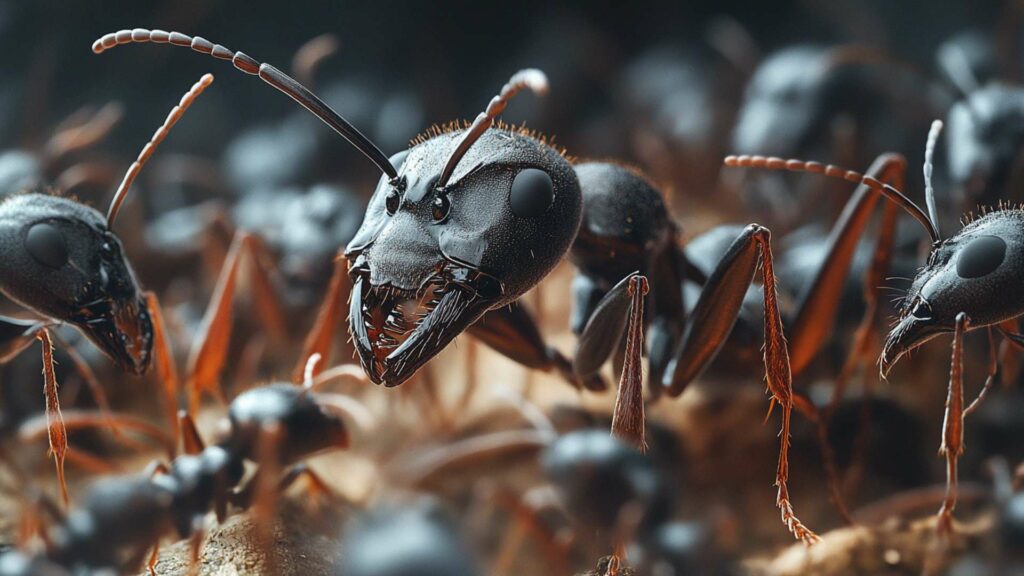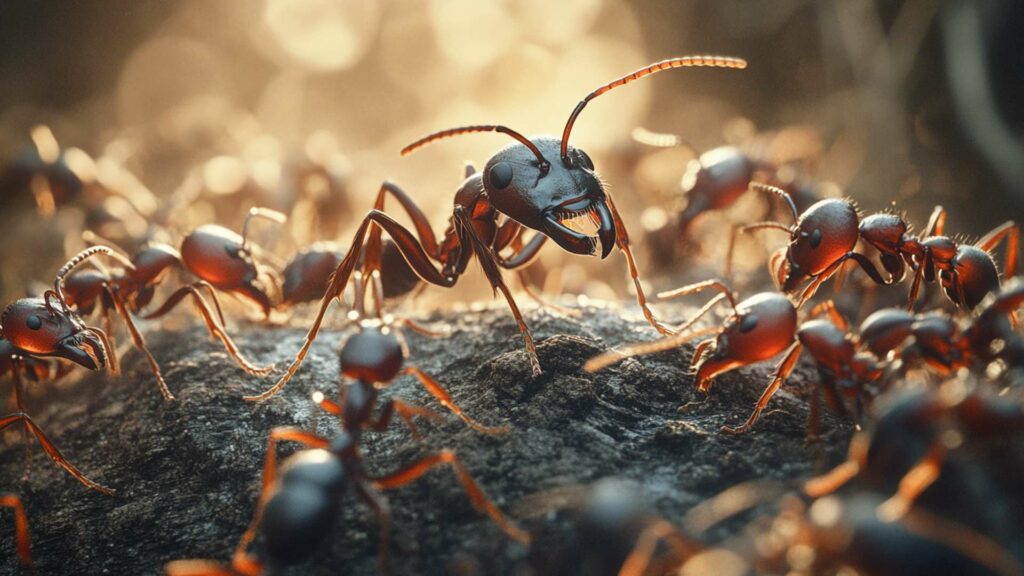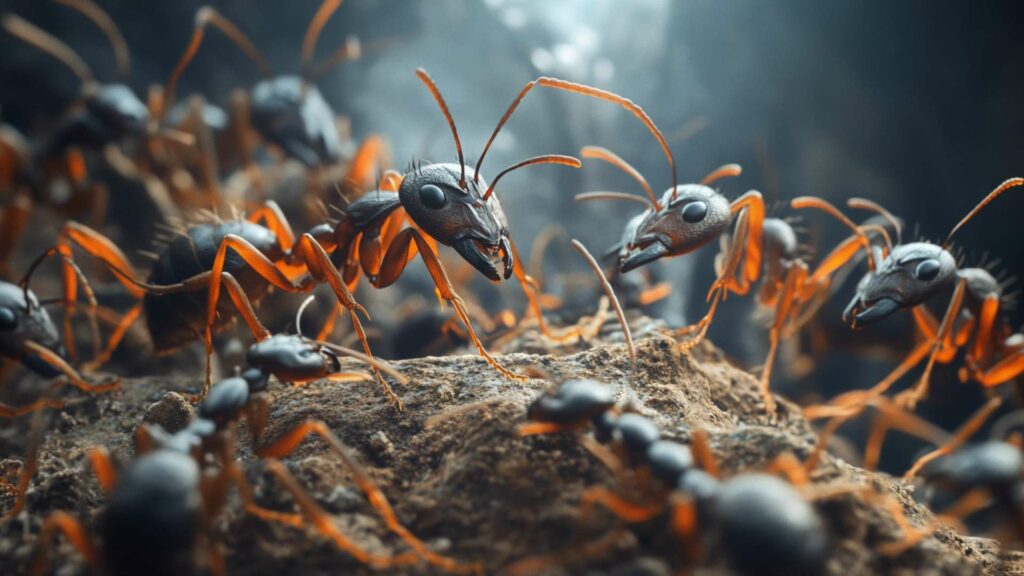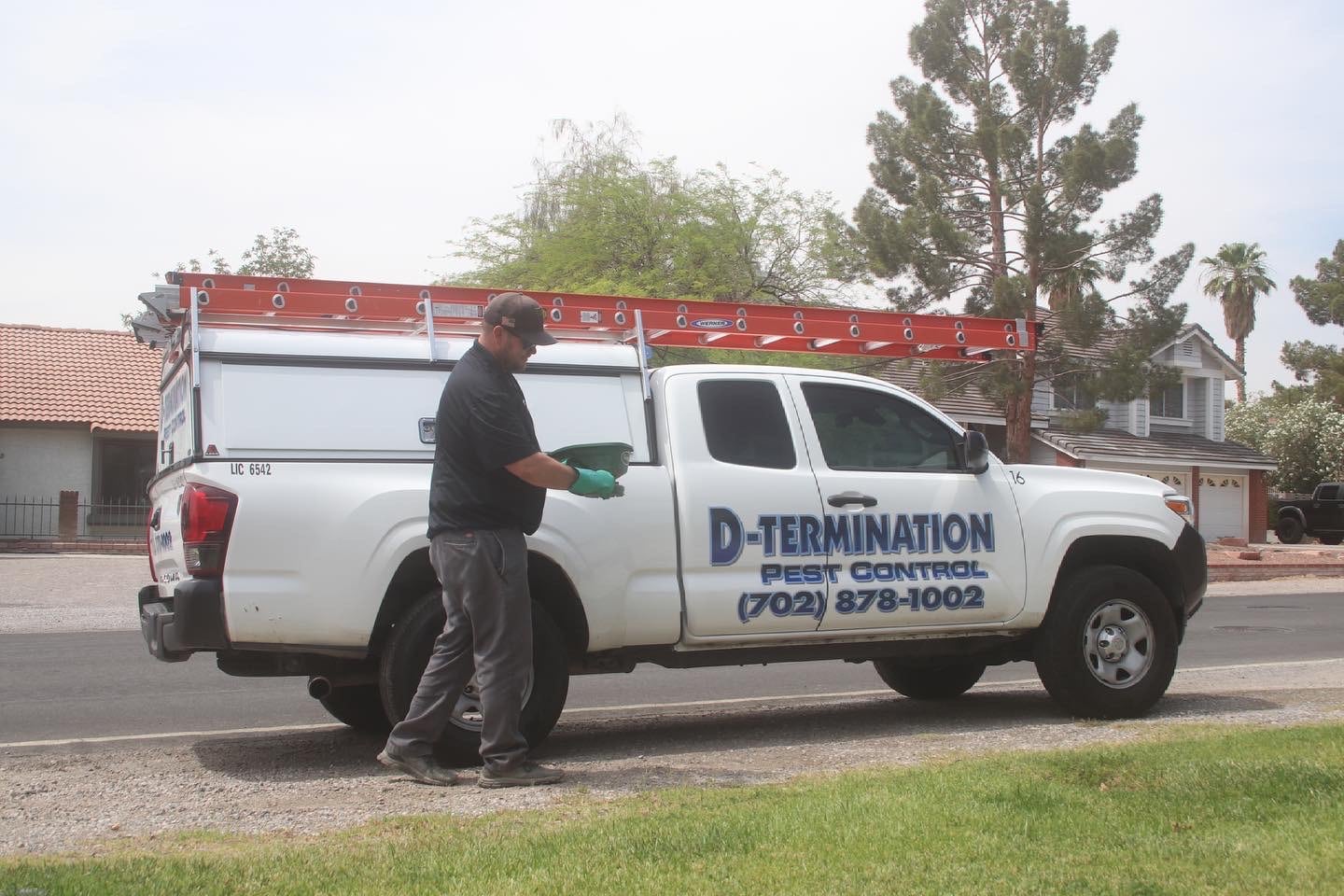Ah, the sanctuary of the bathroom—our personal oasis for relaxation and rejuvenation. But what happens when uninvited guests make their way into this sacred space?
Yes, I’m talking about those pesky ants in your bathroom that seemingly appear out of nowhere, scurrying across your pristine countertops and invading your solitude. Don’t fret!
You’re not alone in battling this common ant problem. Many homeowners find themselves facing an ant infestation within the confines of their bathrooms.
These tiny insects are attracted to our bathrooms due to several factors such as moisture, warmth, and accessible food sources. Addressing this issue promptly is crucial not only to maintain cleanliness but also to uphold proper hygiene standards.
While ants may seem harmless compared to other insects, they can contaminate surfaces and compromise sanitary conditions. It’s time to take action against these unwelcome intruders!
Understanding Ant Behavior

Ants are attracted to bathrooms primarily because of the presence of water and food sources. Bathrooms provide a damp environment, making them an ideal place for ants seeking moisture. The bathroom sink, leaky pipes, or even wet wood from water damage can all contribute to the attraction of these tiny intruders.
Additionally, some species and types of ants are particularly drawn to the sweet scent that personal care products like lotions and shampoos emit. These factors create an irresistible temptation for all the ants in the vicinity.
Insight into their foraging patterns and nesting habits
Foraging patterns vary among ant species, but one common behavior is the establishment of scent trails. When an ant discovers a food source in your bathroom—such as leftover toothpaste on the countertop—it will return to its nest while leaving behind a chemical trail called pheromones.
This trail guides other worker ants along the same path, leading them straight to your bathroom. It’s essential to disrupt these trails by thoroughly cleaning any surface where you see ant activity.
Ants often build their nests near a reliable food and water source, making bathrooms an attractive option due to easy access. Common places where ants may establish their nests include walls, beneath tiles or floorboards, inside cabinets or vanity units, and even within small cracks or crevices around your bathroom fixtures.
Understanding their nesting habits helps identify potential hiding spots and effectively eliminate ant colonies. By comprehending why ants are attracted to bathrooms and understanding their behavior patterns, we can develop effective strategies for preventing future infestations and getting rid of those pesky intruders once they’ve already made themselves at home in our personal sanctuaries.
Identifying the Ant Species
When you find yourself facing an army of ants in your bathroom, it’s important to know your adversary. The world of ants is surprisingly diverse, and understanding the specific species infiltrating your bathroom can help guide your elimination efforts. While there are numerous ant species that may venture into your living space, let’s focus on those commonly found in bathrooms.
Black Ants: The Unsightly Intruders
One prevalent species that frequently invades bathrooms is the black ant (Lasius niger). These tiny insects, usually measuring between 2 to 4 mm in length, love scouting for food and water sources. You might spot them marching along windowsills or around sinks, particularly if there are crumbs or spills attracting them.
Black ants are known for their light brown to black coloration and slender bodies. If you observe a trail of these little pests leading from a crack or crevice to a food source, chances are you have a colony nearby.
Sugar Ants: Sweet-Toothed Nuisances
Another common intruder in the bathroom is the sugar ant (Camponotus consobrinus). These winged creatures possess an insatiable sweet tooth and can be easily identified by their affinity for sugar-rich substances.
Sugar ants typically measure about 5 to 15 mm in length and come in various shades of brown or black. Keep an eye out for these industrious creatures near trash cans or any remnants of sugary snacks that might have been left behind.
Pharaoh Ants: Persistent Pests
Pharaoh ants (Monomorium pharaonis) add yet another layer of frustration when dealing with ants in your bathroom. Measuring between 1.5 to 2 mm in length, these pests are notorious for their persistence and ability to establish numerous satellite colonies.
Pharaoh ants are light brown in color and have a distinct two-segmented club at the end of their antennas. They are attracted to moisture and can often be found near damp areas, such as leaky pipes or wet wood.
Identifying the ant species invading your bathroom is crucial because it helps determine the most effective approach for eradication. Remember, while it’s tempting to tackle the issue with random sprays or traps, understanding the specific habits and preferences of these pests will allow you to implement targeted strategies for a successful elimination.
Prevention Methods

Keeping the bathroom clean and dry to discourage ant infestations
To effectively combat ants in your bathroom, it is crucial to maintain a clean and dry environment. Ants are relentlessly attracted to food sources, moisture, and even the tiniest crumbs that we often overlook.
Regularly wiping down bathroom surfaces with a mild cleaning solution not only keeps your space sparkling but also eliminates any potential food sources for these pesky invaders. Remember to pay attention to corners, crevices, and areas where moisture tends to accumulate.
Another important aspect of cleanliness is ensuring proper hygiene practices. Besides regular cleaning, make sure to promptly remove any standing or stagnant water, or dampness in your bathroom.
Fix leaking pipes or faucets as soon as possible since ants are drawn towards water sources. Additionally, be mindful of any excess moisture near the bathroom drain or wet wood that may attract ants seeking a comfortable nest site forage indoors.
Sealing entry points such as cracks, gaps, and crevices where ants can enter
Ants are cunning creatures when it comes to finding entry points to get into your bathroom too. They can squeeze through even the tiniest cracks or gaps on walls, windowsills, or door frames.
To prevent them from infiltrating your sanctuary, carefully inspect these areas for potential access points. Once identified, seal off any openings using caulk or weatherstripping materials suitable for the specific surface material you are working with.
Pay close attention to areas around pipes and vents where ants might find their way in. By blocking these entry points effectively, you create an inhospitable barrier that deters ants from breaching into your private space.
It’s worth noting that certain ant species can be incredibly persistent and may require additional measures beyond sealing cracks alone. Pairing thorough sealing techniques with other preventive methods such as using ant bait stations strategically placed near potential entry points can enhance your defense against ant infestations.
Natural Remedies for Ant Control
Using vinegar or lemon juice as a natural deterrent for ants
When it comes to banishing those pesky bathroom ants, sometimes the answers lie right in your pantry. Vinegar and lemon juice, with their acetic acid and citric acid properties respectively, can work wonders as natural ant deterrents.
The smell of these tangy solutions is overpowering to ants and disrupts their pheromone trails, making it difficult for them to communicate with each other. To utilize these remedies effectively, mix equal parts vinegar or lemon juice with water in a spray bottle.
Then, generously spritz affected areas such as window sills, baseboards, and countertops where you’ve noticed ant trails or activity. Don’t forget to wipe down surfaces afterward to remove any residue. Sprinkling cinnamon or coffee grounds to repel them from specific areas.
If you’re looking for an aromatic approach to keep bathroom ants at bay, consider using cinnamon or coffee grounds. Not only do they add a touch of warmth and richness to your morning routine but they also possess ant-repelling properties thanks to their strong scents.
Sprinkle ground cinnamon near entry points like windowsills and doorways or directly on ant trails when you spot them invading your bathroom kingdom. For an added bonus, coffee grounds not only deter ants but can also serve as a natural exfoliant when mixed into your body scrub routine!
So go ahead and sprinkle some used coffee grounds around the perimeter of your bathroom or in corners where ants tend to frequent. In addition to these natural remedies that specifically repel ants from certain areas of your bathroom, it’s crucial not to neglect basic cleanliness practices that help prevent ants from being attracted in the first place.
By regularly wiping down surfaces like countertops and sinks with vinegar-based solutions, you’ll not only keep ants away but also eliminate any food traces or chemical odors that might attract them. Additionally, ensure your bathroom stays dry and free of any standing water, as ants are attracted to moisture.
Taking these steps, along with implementing the natural remedies mentioned above, will help keep ants from making themselves too comfortable in your bathroom sanctuary. Remember, a little spice and tang can go a long way in winning the battle against these common pests!
Commercial Products for Ant Elimination
Overview of Ant Baits, Traps, and Sprays
When dealing with ants in your bathroom, sometimes natural remedies alone may not be sufficient to eliminate them completely. In such cases, turning to commercial ant control products can provide an extra level of defense.
There are various options available to remove ants on the market, including ant baits, traps, and sprays. These products are designed to target specific ant species and disrupt their colonies.
Effectiveness and Usage Instructions
Ant baits are highly effective in controlling ants as they lure the insects with a tempting food source mixed with a slow-acting poison. The ants carry this poisoned bait back to their nest, effectively eliminating the entire colony. It is important to place the baits strategically along ant trails or near entry points like cracks or baseboards.
Ant traps work similarly but come in pre-packaged units that house the bait within an enclosed container. These traps attract and trap ants inside while allowing them access to the poison.
Placing these traps near areas where ants frequent, such as around bathroom sinks or trash cans, can help control their population effectively. Sprays are another option for immediate action against active infestations.
They contain insecticides that will kill ants on contact and offer a quick solution when you spot ants in your bathroom. However, it is important to read and follow all usage instructions carefully when using sprays to ensure safety for both yourself and your family members.
Safety Precautions
While commercial ant control products can be effective tools against pesky bathroom invaders like black ants or light brown ones, it’s crucial to prioritize safety during their usage. Always keep these products away from children and pets since they contain chemicals that can be harmful if ingested or mishandled.
When applying sprays or treatments near water sources, like the bathroom sink or tub, exercise caution to avoid contamination. Ensure proper ventilation by opening windows or using fans when working with sprays to minimize exposure to fumes.
Remember to wear gloves and follow all safety guidelines provided on product labels. Commercial ant control products offer viable solutions for how to get rid of ants in the bathroom permanently.
Ant baits, traps, and sprays can effectively eliminate ants at their source while providing different methods of control depending on the severity of the infestation. By carefully following usage instructions and taking necessary safety precautions, you can restore your bathroom’s tranquility and prevent future ant invasions.
Eradicating Ant Nests

Now that you’ve pinpointed those pesky ants’ entry points and understood their behavior, it’s time to tackle the heart of the problem—their nests. Ants are highly organized insects that establish colonies where they live, breed, and store food. Identifying potential nest locations is crucial in effectively eradicating these tiny intruders from your bathroom.
Start by carefully observing ant trails. These are visible lines of ants traveling back and forth from their nests to food sources.
Follow these trails to locate their nests, which can be anywhere near or inside the bathroom. Common nesting spots include wall voids, behind baseboards or tiles, under sinks and cabinets, or even in cracks in the floor.
Keep an eye out for loose wallpaper or tiles as well; ants may build their nests behind these structures. Another tactic is to pay close attention to areas where moisture accumulates as ants are attracted to water sources.
Check around plumbing pipes, drains, and areas prone to condensation such as showers and faucets. Remember that different ant species may have unique preferences for nesting locations, so being thorough in your search is key.
Providing methods to eliminate ant colonies effectively
Once you have located the ant nests lurking within or near your bathroom walls (those sneaky little critters), it’s time for action! A combination of approaches will help ensure effective eradication of the entire colony.
For a natural deterrent that repels ants without harming humans or pets, try using white vinegar mixed with equal parts water as a spray. Spritz this solution near identified nest sites daily until no more ant activity is observed.
Vinegar disrupts ant trails by masking smells they use for navigation. If you’re dealing with black ants specifically (the most common culprits in bathroom invasions), consider using baking soda.
Mix equal parts baking soda and powdered sugar, then place this mixture near the nest entrance or ant trails. The sugar attracts ants, while the baking soda disrupts their digestive systems, ultimately killing them and their colony.
For larger or more persistent infestations, consider using ant traps specifically designed to exterminate ants. These traps contain bait that attracts ants and allows them to carry it back to their nest, effectively eliminating the entire colony.
Follow the product instructions for optimal usage and placement. Remember that eradicating ant colonies may require patience and persistence if the infestation is well-established.
If your efforts are ineffective or you’re dealing with a severe invasion, it may be advisable to seek assistance from a professional pest control company. Remember, victory over these tiny insects is possible with knowledge and determination!
So gear up with your detective hat on and let’s get rid of those bathroom-crawling critters for good! Note: While these methods are generally effective against most common household ants, it’s important to research specific information for dealing with different ant species as some may require alternative approaches or professional intervention.
Tips on regular cleaning routines to prevent future ant infestations
Keeping your bathroom clean and tidy is an essential step in preventing future ant infestations. Regular cleaning not only helps eliminate food sources that attract ants but also disrupts their scent trails, making it harder for them to find their way back.
Here are some tips on maintaining a pest-free bathroom:
1. Wipe down surfaces: Clean all bathroom surfaces regularly with a mild detergent or vinegar solution. Pay particular attention to sinks, countertops, and floors where crumbs, spills, or moisture can accumulate. This helps remove any food residue that attracts ants and keeps your bathroom sparkling clean.
2. Empty and clean the trash can: A bathroom trash can filled with discarded food wrappers or other organic waste is like a buffet for ants. Make it a habit to empty the trash regularly and give the can a thorough cleaning to eliminate any lingering odors that might attract ants.
3. Seal containers tightly: Store toiletries, such as toothpaste, soaps, and lotions, in sealed containers instead of leaving them exposed on countertops or shelves. Ants are attracted to certain scents found in these products, so keeping them tightly sealed will discourage ant activity.
Suggestions on ongoing monitoring and maintenance practices
Alongside regular cleaning routines, implementing ongoing monitoring and maintenance practices will help you stay ahead of any potential ant infestations in your bathroom:
1. Keep an eye out for ant trails: If you notice tiny ants marching along specific paths in your bathroom, follow their trail back to locate their entry points or nests. By identifying these areas early on, you can take immediate action to seal off access points before an active infestation occurs.
2. Check plumbing pipes for leaks: Moisture attracts ants like nothing else! Regularly inspect plumbing pipes under sinks or behind the toilet for any leaks or drips that may create a damp environment. Fixing these leaks promptly will help prevent ants from being drawn to the water source.
3. Conduct routine spot checks: Make it a habit to inspect your bathroom for any signs of ant activity. Look for the presence of ants, small piles of discarded wings (indicating potential reproduction), or tiny piles of sawdust-like debris near wooden structures, which might suggest the presence of carpenter ants. By incorporating these regular cleaning routines and ongoing monitoring practices into your bathroom maintenance, you can reduce the risk of ant infestations and maintain a pest-free environment.
Remember, prevention is always better than dealing with an infestation later on. Taking proactive measures and staying vigilant will go a long way in keeping your bathroom free from those pesky invaders!
Conclusion
Summing Up the Battle Against Bathroom Ants
After delving into the intricate world of ant infestations in bathrooms, we have armed ourselves with a comprehensive understanding of these tiny insects and their pesky ways. From unraveling their nesting habits to exploring natural remedies and commercial products, we have equipped ourselves with an arsenal of knowledge on how to get rid of ants in the bathroom.
An Optimistic Outlook for a Pest-Free Future
While facing an active infestation or even sporadic visits from these persistent creatures can be frustrating, it is important to remember that there are effective solutions within our reach. By implementing prevention methods such as keeping the bathroom clean and dry, sealing entry points, and using natural deterrents like vinegar or cinnamon, we can discourage ants from invading our personal sanctuaries.
Delightfully Ant-Free Bathrooms Await!
With diligence and determination, you can bid farewell to all the ants that once roamed freely around your bathroom. Whether you opt for ant baits or sprays found in stores or prefer homemade remedies like tea tree oil or baking soda concoctions, know that there are plenty of options available to keep those tiny black ants or sugar ants at bay.
Remember to address plumbing leaks promptly as they attract ants seeking moisture. Now armed with this newfound knowledge on how to eradicate ant infestations from your bathroom, embrace a future where your bathing haven remains free from these six-legged intruders.
So go forth confidently into battle against those bothersome bugs; victory is within reach! Stay vigilant in maintaining cleanliness and hygiene, keep an eye out for early signs of any potential ant encroachments, and may every shower be blissfully free from unwanted guests!
Dissuade Ants with D-Termination: Las Vegas’ Top Pest Control Provider!

If you’re confronted by ant problems, D-Termination is here to help. Our expert team specializes in deterring ants, rejuvenating cleanliness, and maintaining the integrity of your area. Bid farewell to ants—opt for D-Termination for highly effective pest control today!
Reach out to us at 702-919-6310 or visit dtermination.com to schedule your ant control service and regain your space from these unwanted pests.
Frequently Asked Questions:
Ants in the bathroom are often attracted to moisture and food residues.
Swiftly remove bathroom ants by cleaning, sealing entry points, and using ant baits or sprays.
Achieving permanent ant removal requires maintaining cleanliness and addressing entry points.
Vinegar can deter ants temporarily, but you may need to reapply it periodically as its effectiveness diminishes over time.








